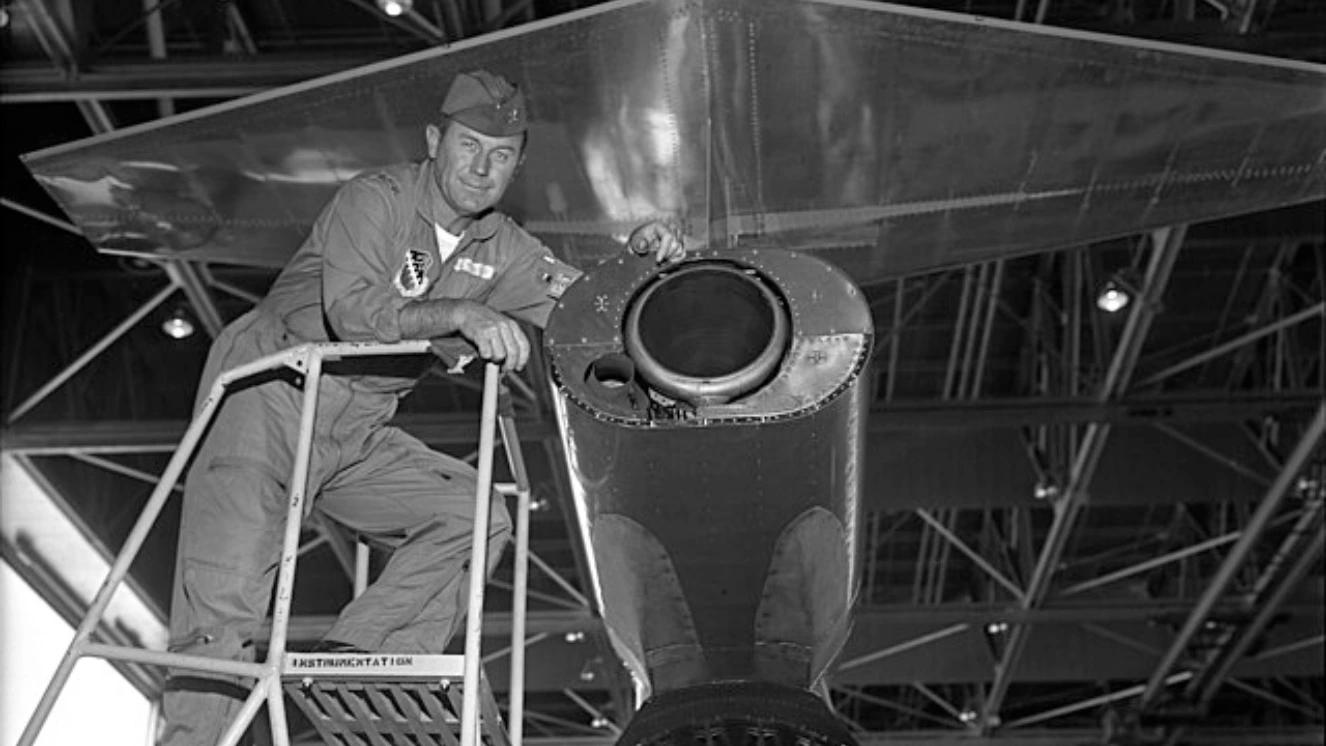FPCONS VS. DEFCONS: HOW THE U.S. MEASURES THREAT AND READINESS LEVELS

What’s a Force Protection Condition (FPCON)? What’s a Defense Readiness Condition (DEFCON)? These terms can sometimes be confused, even by military personnel. In this article, we’ll clearly define what these terms mean and their purpose within the US military.
What’s an FPCON?
When you drive on a US military installation these days, you’ll see a sign that tells you what the FPCON is for that base. The military once referred to these as Threat Conditions or THREATCONs. FPCONs have replaced THREATCONs. The sign will typically look something like this one at Moody AFB, Georgia:
The US Department of Defense (DoD) oversees the FPCON system, a terrorist threat framework. Its purpose is to guide installation commanders in implementing necessary measures to counter terrorist threats. This system equips commanders to deter, detect, delay, deny, and defend the installations under their authority.
To assist the commander, the FPCON system is divided into five levels:
- FPCON NORMAL: Applies at all times as a general threat of terrorist attacks, hostile acts, or other security threats, which always exists in the world. (Deter)
- FPCON ALPHA: Applies to a non-specific threat of a terrorist, of a terrorist attack, or hostile act directed against DoD elements and personnel. (Detect)
- FPCON BRAVO: Applies when an increased or more predictable threat of a terrorist attack or hostile act exists and is directed against DoD elements and personnel. (Delay)
- FPCON CHARLIE: Applies when a terrorist or hostile incident occurs within the commander’s area of interest or intelligence is received indicating a hostile act, some form of terrorist action, or targeting of DoD elements, personnel, or facilities. (Deny)
- FPCON DELTA: Applies when a terrorist attack or hostile act has occurred or is anticipated against specific installations or operating areas. (Defend)
The FPCON level is set by each combatant command and applied to its theater of operations. These commands use all available threat intelligence to help make an informed decision. The US Northern Command sets the baseline FPCON for all DoD installations within its area of responsibility in the US. Other combatant commanders, like the US European Command, will set the baseline FPCON in their area of responsibility.
Installation commanders have the ability to raise the installation FPCON level if they deem there is a credible threat. However, the installation commander cannot lower the FPCON level below the established baseline. Once the local threat is over, the installation commander may lower the FPCON level to the baseline.
After a FPCON level is established, security and emergency services personnel implement, execute, and monitor a range of mandatory protective measures to ensure their effectiveness. These measures can vary from straightforward actions, such as conducting 100% identification checks at installation entrances, to more complex ones, like increasing stand-off distances from occupied buildings. While antiterrorism officers, security officials, and law enforcement bear the primary responsibility for carrying out these measures, all individuals working on the installation play a crucial role in its protection.
What’s a DEFCON?
The establishment of a DEFCON serves a substantially different purpose than an FPCON.
First established in 1959, the DEFCON system is a five-level alert system used by the US military to denote the severity of a threat to national security and the required level of military readiness. This system is most famously used by the North American Aerospace Defense Command (NORAD), especially during a potential nuclear conflict.
The levels progress from DEFCON 5 (least severe, normal peacetime conditions) to DEFCON 1 (most severe, nuclear war imminent or ongoing). The system was developed during the Cold War to provide a clear, uniform communication of threat levels for military commands. For security reasons, the US military considers current DEFCON level classified information and does not publicly announce the current DEFCON level.
The following table describes each DEFCON level and its associated exercise term. These exercise terms are used to ensure that participants in the exercise do not confuse the real-world DEFCON level with the one being used during the exercise. You can never be too careful.

Has the US Ever Raised the DEFCON Level?
The good news is that the US has never had to establish DEFCON 1 in response to an imminent nuclear war.
However, it has raised the level to DEFCON 2 on one occasion and to DEFCON 3 on three other occasions according to open sources.
DEFCON 2: Cuban Missile Crisis
In October 1962, the world teetered on the brink of nuclear war for 13 days, marking the closest the world had come to a nuclear exchange since World War II. The crisis stemmed from the deployment of US nuclear missiles in Europe and the Soviet Union’s retaliatory deployment of its own nuclear missiles in Cuba.
During this tense period, all US Armed Forces, excluding the US Army Europe, were elevated to DEFCON 3. On October 24, Strategic Air Command (SAC) saw its status escalated to DEFCON 2, while the rest of the Armed Forces remained at DEFCON 3. SAC remained at DEFCON 2 until November 15.
While at DEFCON 2, a staggering 92.5% of SAC’s weapon systems were ready for immediate launch within one hour. This arsenal included approximately 1,479 strike aircraft, 183 Atlas, Titan, and Minuteman missiles, and a total of 2,962 nuclear weapons. To further enhance readiness, SAC’s airborne alert program expanded to include one-eighth of its bomber force, ensuring an average of 65 aircraft were continuously airborne, positioned to engage targets in the Soviet Union at any given moment.
DEFCON 3: Yom Kippur War
On October 6, 1973, Egypt and Syria launched a joint attack on Israel, initiating the Yom Kippur War. On October 15, the United States, concerned about potential Soviet intervention, elevated various forces to DEFCON 3. The forces included SAC, Continental Air Defense Command, European Command, and the US Navy’s Sixth Fleet.
Declassified documents from 2016 reveal that this DEFCON 3 escalation was prompted by CIA reports suggesting the Soviet Union had dispatched a ship carrying nuclear weapons, along with two amphibious vessels, to Egypt.
However, Soviet troops never disembarked, and the fate of the ship and its cargo remains undisclosed in the declassified documents.
In the subsequent days, these forces progressively returned to normal status, with the Sixth Fleet standing down on November 17.
DEFCON 3: Operation Paul Bunyan
The Korean axe murder incident, also known as the Panmunjom axe murder incident, was the killing of two United Nations Command officers, Captain Arthur Bonifas and First Lieutenant Mark Barrett, by North Korean soldiers on August 18, 1976, in the Joint Security Area (JSA) in the Korean Demilitarized Zone (DMZ). The officers, from the US Army, had been part of a work party tasked to cut down a poplar tree in the JSA.
Following the axe murder incident, readiness levels for US forces in South Korea were increased to DEFCON 3. Three days later, US and South Korean forces launched Operation Paul Bunyan, an operation that cut down the tree with a show of force to intimidate North Korea into backing down, which it ultimately did. North Korea then accepted responsibility for the earlier killings. US Forces remained at DEFCON 3 throughout the operation.
DEFCON 3: September 11 Attacks
During the September 11, 2001, terrorist attacks, Secretary of Defense Donald Rumsfeld ordered US forces to DEFCON 3 and to stand by for a possible increase to DEFCON 2. Rumsfeld lowered US forces to DEFCON 4 on September 14.
What do FPCON and DEFCON Levels Mean to You?
Individual adherence to guidance is paramount when an installation commander elevates the FPCON level. Failure to comply can compromise the system and endanger personnel on or visiting the installation.
Read next:
BY GEORGE RIEBLING
National Security Analyst
George Riebling is a retired USAF Colonel who served 26 years on active duty as an Air Battle Manager with operational assignments in five command and control weapon systems. After his retirement, he served ten years as a senior executive in NATO and two years with the Boeing Company in strategy and...



